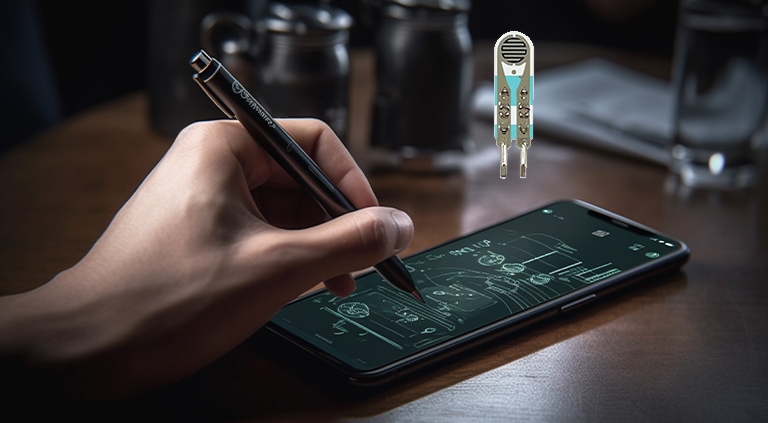Thin-film pressure sensors, known for their high sensitivity, lightweight, and flexibility, present a broad application prospect in the design of smart styluses. Integrating thin-film pressure sensors into smart styluses can significantly enhance the writing and drawing experience for users, while also introducing a range of additional functionalities and innovative applications.
Key Advantages
High-Precision Pressure Sensing: Thin-film pressure sensors can precisely detect changes in pressure applied to the pen tip, providing different line thicknesses and stroke effects. This allows for a writing and drawing experience similar to using a traditional pen, enhancing user satisfaction.
Real-Time Data Transmission: Smart styluses equipped with thin-film pressure sensors can transmit pressure data in real-time to smart devices via Bluetooth or other wireless technologies for data analysis and storage. This real-time feedback mechanism enables users to have better control over their writing and drawing processes.
Multi-Functional Applications: Beyond basic writing and drawing, thin-film pressure sensors can add various functionalities to smart styluses. For example, pressure sensitivity can be used to switch between different pen modes or combined with gesture recognition for diversified operations.
User-Friendly Design: The thin and lightweight design of thin-film pressure sensors does not add bulk or weight to the stylus, ensuring a comfortable grip. Users can enjoy prolonged use without fatigue, maintaining smooth writing and drawing.
Application Examples
- Writing and Drawing:
- Thin-film pressure sensors can detect varying pressure applied to the pen tip, producing different line thicknesses and stroke effects for a realistic writing and drawing experience, ideal for artistic creation and handwritten notes.
- Smart Device Control:
- With pressure sensitivity, smart styluses can control various functions on tablets, smartphones, and other devices. For instance, light pressure can perform click operations, while heavy pressure can initiate drag or other functions.
- Interactive Learning:
- Smart styluses can be integrated with educational applications, providing students with real-time feedback on their writing and drawing, enhancing learning efficiency and engagement. Teachers can also use data analysis to better understand students’ progress and challenges.
- Professional Applications:
- In design and engineering fields, smart styluses can assist professionals in performing precise operations and annotations on digital blueprints, improving work efficiency and accuracy.
Conclusion
The application of thin-film pressure sensors in smart styluses not only enhances the writing and drawing experience but also expands the pen’s functionality and application scope. Through high-precision pressure sensing and real-time data feedback, smart styluses become versatile tools for writing, drawing, and interacting with digital devices. As technology advances, thin-film pressure sensors will play an increasingly important role in the development and application of smart styluses, providing users with richer and more convenient experiences.



